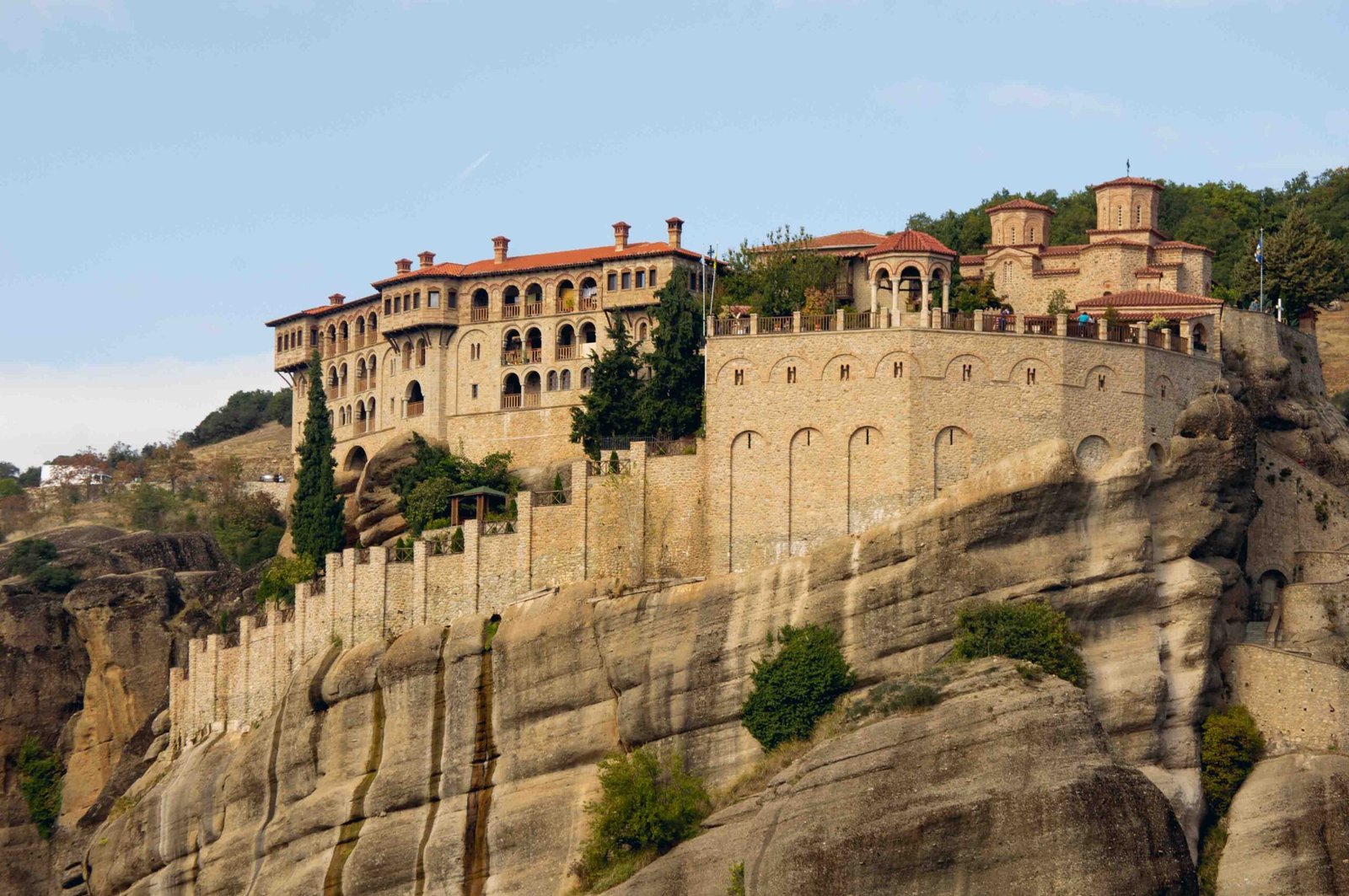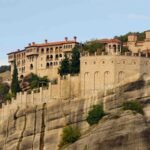High above the lush valleys of central Greece, an otherworldly sight awaits. These gravity-defying monasteries, perched precariously atop towering rock formations, have captured the imagination of travelers for centuries. In this article, we embark on a journey to uncover the wonders of Meteora, a UNESCO World Heritage site that has become synonymous with breathtaking beauty, deep spirituality, and a profound connection to the past. Join us as we explore the history, the secrets, and the ethereal landscapes that make Meteora a must-see destination for seekers of awe-inspiring experiences.
1. The History and Origins of Meteora
To truly appreciate the wonders of Meteora, we must delve into its rich historical background, which spans millions of years and encompasses the fascinating rise of monasticism. Meteora’s story begins with its geological formation, shaped over centuries by natural forces. These towering sandstone rock formations, reaching heights of up to 400 meters, were sculpted through the erosive powers of wind and water. The result is a surreal landscape that seems to defy gravity.
As the stage was set, the seeds of a monastic community were sown. It is believed that the origins of the monastic presence in Meteora date back to the 9th century when hermit monks sought refuge in the area’s caves and crevices, craving solitude and spiritual introspection. These early hermit settlements laid the foundation for what would later become the thriving monastic community of Meteora.
However, it was in the 14th century that Meteora truly began to flourish as a center of monasticism. The Byzantine Empire faced external threats and internal turmoil, leading monks to seek shelter in remote and inaccessible areas. Meteora, with its towering rock pinnacles, offered the perfect sanctuary. Monasticism began to flourish, with hermits establishing more organized communities and constructing rudimentary structures on the rock formations.
Yet, the true marvel of Meteora lies in the incredible challenges the monks faced in constructing the monasteries we see today. These courageous individuals, driven by unwavering faith, braved the treacherous ascent up sheer cliffs using rope ladders, baskets, and the sheer strength of their determination. Materials and supplies were hauled up through a system of nets and pulleys, inch by perilous inch. It took years of labor and unwavering dedication to transform these rocky outcrops into soaring monastic complexes.
The monks not only battled physical obstacles but also contended with the elements and the isolation that came with living high above the world. These towering rock formations became their sanctuaries, allowing them to find solace, peace, and a profound connection to the divine. The monasteries of Meteora are not merely structures; they are testaments to the indomitable human spirit and the unwavering devotion of those who dared to create their own paradise in the sky.
As we explore Meteora, we cannot help but be humbled by the challenges and feats of these pioneering monks, whose remarkable achievements continue to inspire awe and reverence to this day.
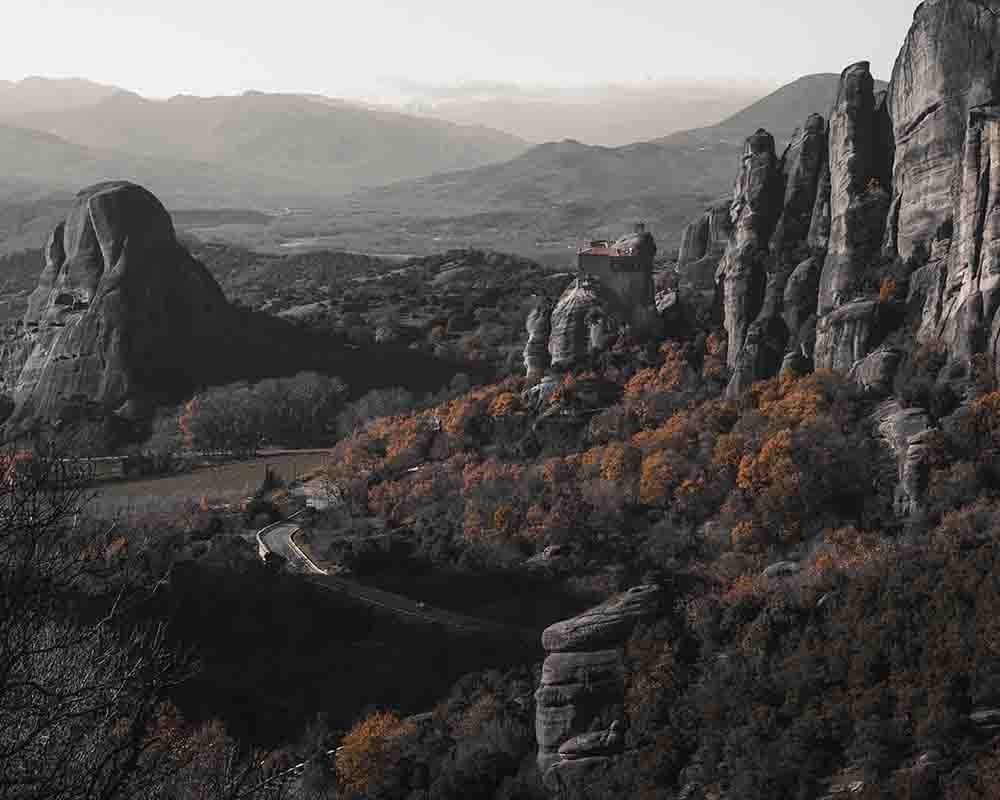
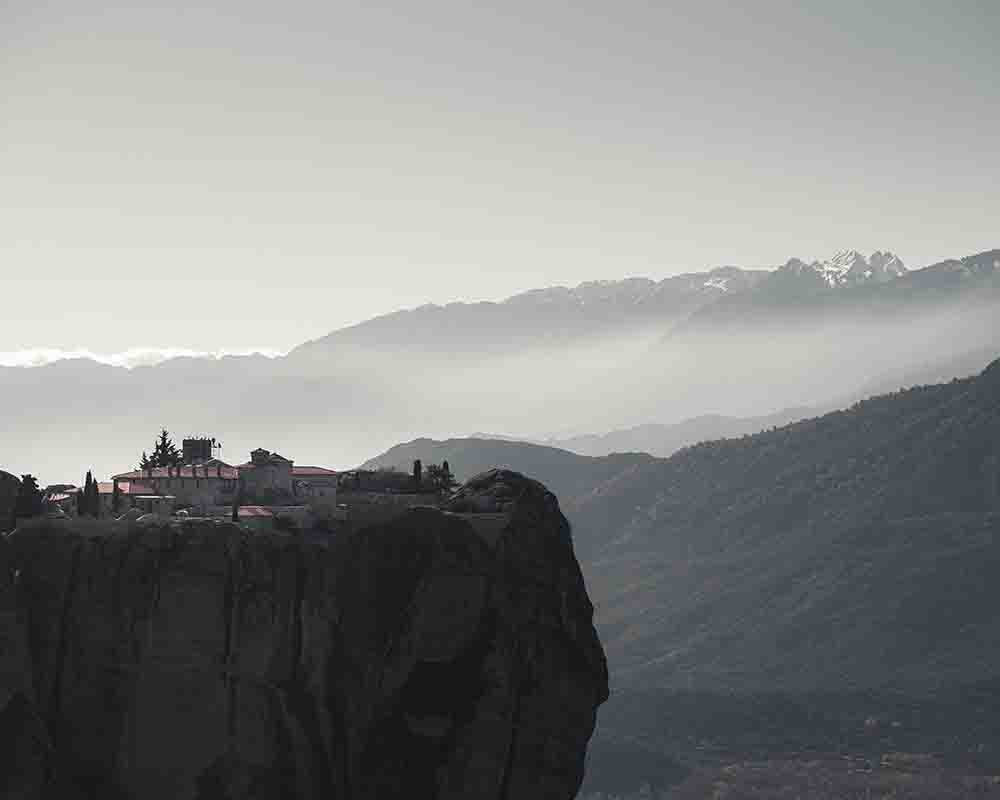

2. The Monasteries of Meteora
To truly appreciate the wonders of Meteora, we must delve into its rich historical background, which spans millions of years and encompasses the fascinating rise of monasticism. Meteora’s story begins with its geological formation, shaped over centuries by natural forces. These towering sandstone rock formations, reaching heights of up to 400 meters, were sculpted through the erosive powers of wind and water. The result is a surreal landscape that seems to defy gravity.
As the stage was set, the seeds of a monastic community were sown. It is believed that the origins of the monastic presence in Meteora date back to the 9th century when hermit monks sought refuge in the area’s caves and crevices, craving solitude and spiritual introspection. These early hermit settlements laid the foundation for what would later become the thriving monastic community of Meteora.
However, it was in the 14th century that Meteora truly began to flourish as a center of monasticism. The Byzantine Empire faced external threats and internal turmoil, leading monks to seek shelter in remote and inaccessible areas. Meteora, with its towering rock pinnacles, offered the perfect sanctuary. Monasticism began to flourish, with hermits establishing more organized communities and constructing rudimentary structures on the rock formations.
Yet, the true marvel of Meteora lies in the incredible challenges the monks faced in constructing the monasteries we see today. These courageous individuals, driven by unwavering faith, braved the treacherous ascent up sheer cliffs using rope ladders, baskets, and the sheer strength of their determination. Materials and supplies were hauled up through a system of nets and pulleys, inch by perilous inch. It took years of labor and unwavering dedication to transform these rocky outcrops into soaring monastic complexes.
The monks not only battled physical obstacles but also contended with the elements and the isolation that came with living high above the world. These towering rock formations became their sanctuaries, allowing them to find solace, peace, and a profound connection to the divine. The monasteries of Meteora are not merely structures; they are testaments to the indomitable human spirit and the unwavering devotion of those who dared to create their own paradise in the sky.
As we explore Meteora, we cannot help but be humbled by the challenges and feats of these pioneering monks, whose remarkable achievements continue to inspire awe and reverence to this day.
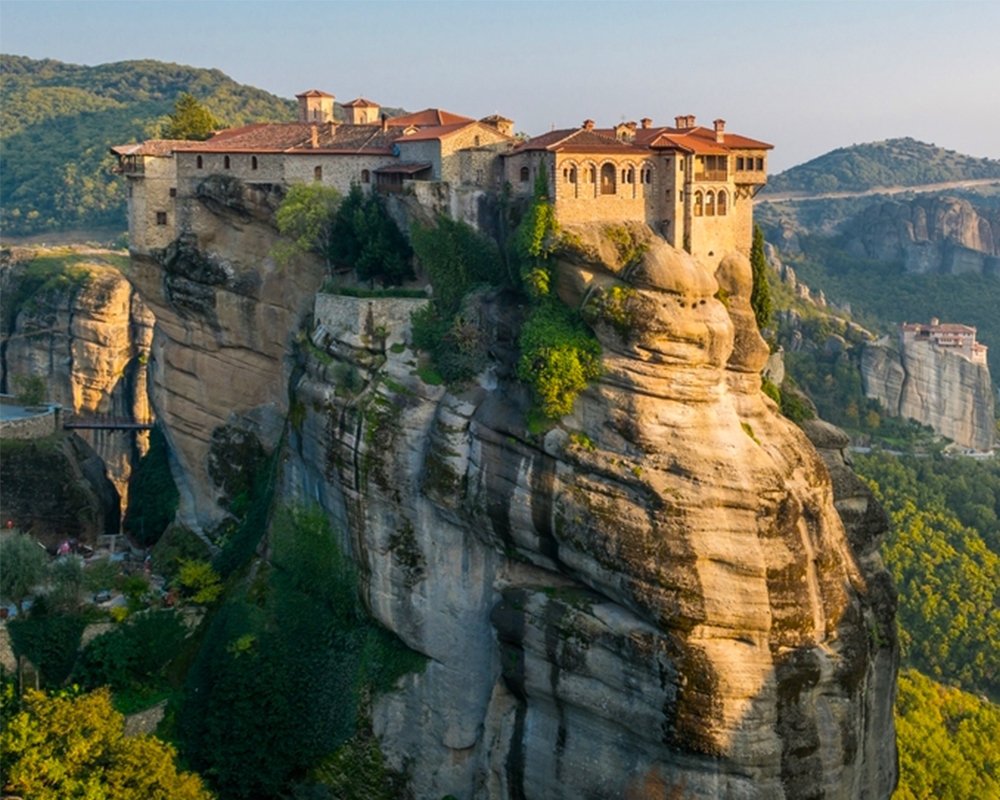
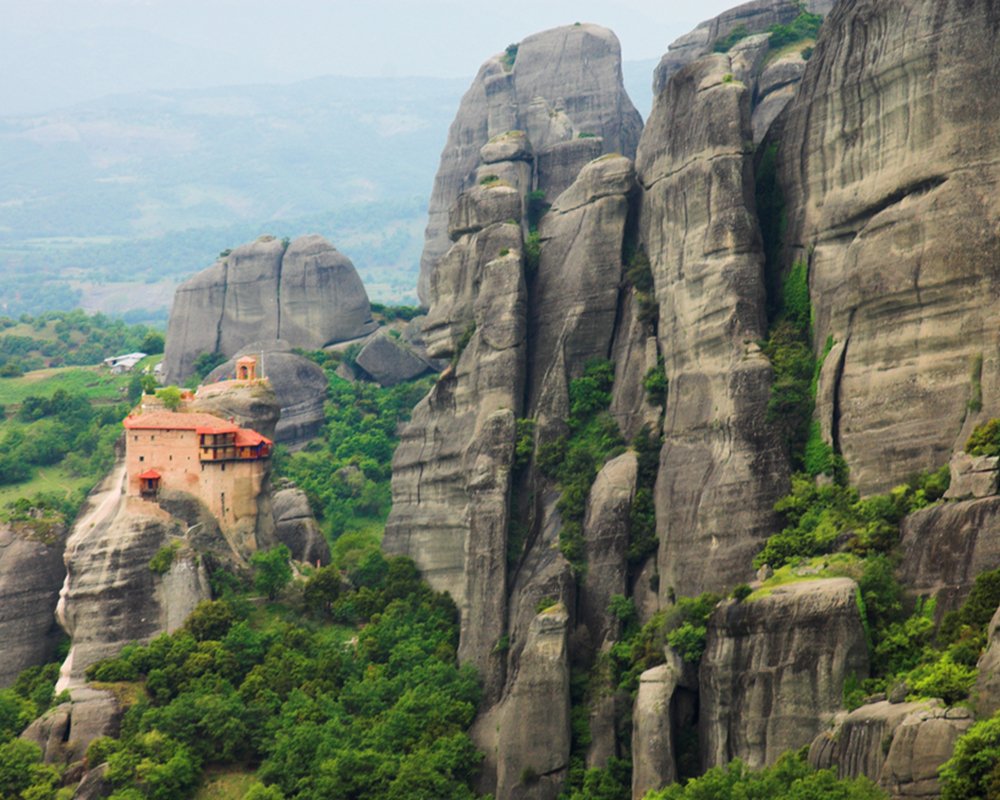

3. Exploring the Marvels of Meteora
Perched like guardian angels atop the imposing rock formations of Meteora, the monasteries stand as magnificent examples of architectural marvel and spiritual devotion. Meteora is home to six active monasteries, each offering its own unique charm and historical significance.
The Great Meteoron, also known as the Monastery of the Transfiguration, is the largest and oldest of the monasteries. Its commanding presence and stunning frescoes draw visitors into a world of Byzantine artistry and religious reverence. The monastery also houses a museum that preserves religious artifacts and provides insights into the monastic way of life.
The Holy Monastery of Varlaam, with its towering bell tower and intricate frescoes, showcases the exceptional craftsmanship of the monks. Inside, visitors can explore the church adorned with vibrant biblical scenes and marvel at the ancient manuscripts on display. The monastery’s peaceful courtyard offers breathtaking panoramic views, rewarding those who make the climb up its steep steps.
The Holy Trinity Monastery, perched atop a solitary pinnacle, offers a truly awe-inspiring sight. Recognizable from its appearance in movies, including “James Bond: For Your Eyes Only,” this monastery seems to touch the heavens. Visitors who conquer the challenging staircase are rewarded with breathtaking vistas and the chance to immerse themselves in the tranquil atmosphere of this remarkable sanctuary.
St. Stephen’s Monastery, the most accessible of the monasteries, allows visitors to glimpse into the daily life of the monastic community. Its beautiful frescoes and peaceful gardens create a serene ambiance, inviting contemplation and reflection.
Rousanou Monastery, dedicated to the Transfiguration of Christ, is characterized by its graceful architecture and delicate frescoes. The monastery offers a captivating glimpse into the spiritual world of the nuns who inhabit its sacred spaces.
St. Nicholas Anapafsas, nestled on a lower rock formation, completes the ensemble of monastic marvels. With its beautiful frescoes and panoramic views, it offers a serene retreat from the worldly realm.
Each monastery carries centuries of history and spirituality within its walls. As you step inside, you are transported to a world of prayer, devotion, and solitude. From the ornate frescoes adorning the walls to the hidden courtyards exuding tranquility, the monasteries of Meteora are not only architectural gems but also gateways to an ethereal realm.
Visiting the monasteries provides a glimpse into the monastic way of life, with the opportunity to witness religious services and engage with the devoted monks and nuns. As you explore these sacred spaces, you will be captivated by their rich history, spiritual ambiance, and the unwavering faith that has sustained them throughout the ages.

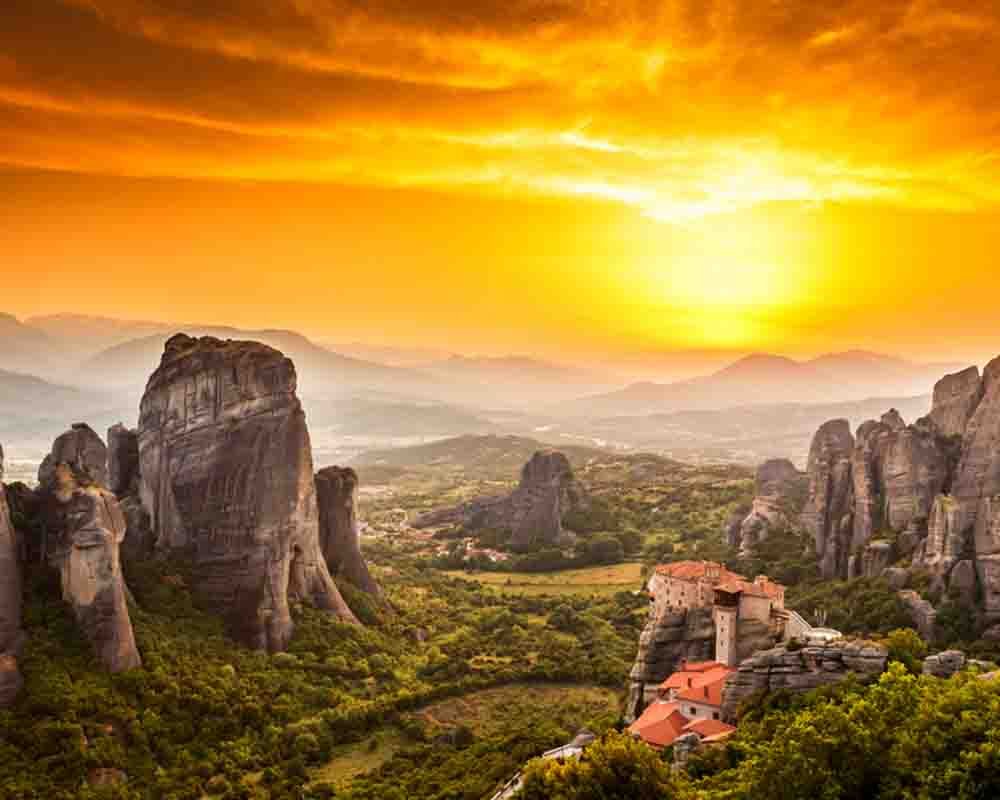

Source: www.itinari.com / www.greecetravel.com
4. Nearby Attractions and Activities
As you venture beyond the wonders of Meteora, you’ll discover a tapestry of attractions and experiences that complement your visit. Explore nearby villages like Kalambaka and Kastraki, where time seems to stand still. Stroll through Kalambaka’s bustling markets, where the aroma of freshly baked bread and local produce fills the air. Indulge in authentic Greek cuisine at traditional tavernas, where locals gather to share stories and laughter. In Kastraki, immerse yourself in the village’s rustic charm, with its stone houses, winding cobblestone streets, and hidden chapels. Engage with friendly locals, learn about their customs, and experience the warm hospitality that Greece is known for.
Nature enthusiasts will be delighted by the abundance of hiking and nature trails that surround Meteora. The Meteora Hiking Trails network offers a variety of routes, catering to different fitness levels and interests. Where you’ll be enchanted by ancient ruins, dense forests, and breathtaking viewpoints that reveal the majestic landscape. Explore the Natural History Trail, immersing yourself in the region’s rich biodiversity as you encounter rare plant species and observe various bird species in their natural habitats. For a serene escape, follow the Pineios River Trail, where the gentle sound of flowing water accompanies your journey through picturesque valleys and lush greenery.
History aficionados can delve into the area’s ancient past by exploring the nearby archaeological sites and ruins. Visit the ancient city of Aiginion, where remnants of ancient fortifications and structures offer a glimpse into the lives of past civilizations. Discover the archaeological site of ancient Herakleia, where fascinating artifacts and ruins shed light on the region’s Hellenistic and Roman history. These sites provide a fascinating contrast to the spiritual sanctuaries of Meteora, offering a deeper understanding of the historical significance of the area.
Keep an eye out for local traditions, festivals, and events that may coincide with your visit. Throughout the year, various celebrations take place, such as religious processions, music festivals, and cultural exhibitions. Witness traditional dances, sample local delicacies, and partake in the joyous atmosphere as the community comes together to honor their heritage.
By exploring the attractions and immersing yourself in the local experiences surrounding Meteora, you’ll gain a holistic understanding of the region’s history, culture, and natural wonders. Whether you choose to hike through pristine landscapes, mingle with locals in charming villages, or uncover ancient ruins, these experiences will enrich your journey and create lasting memories.
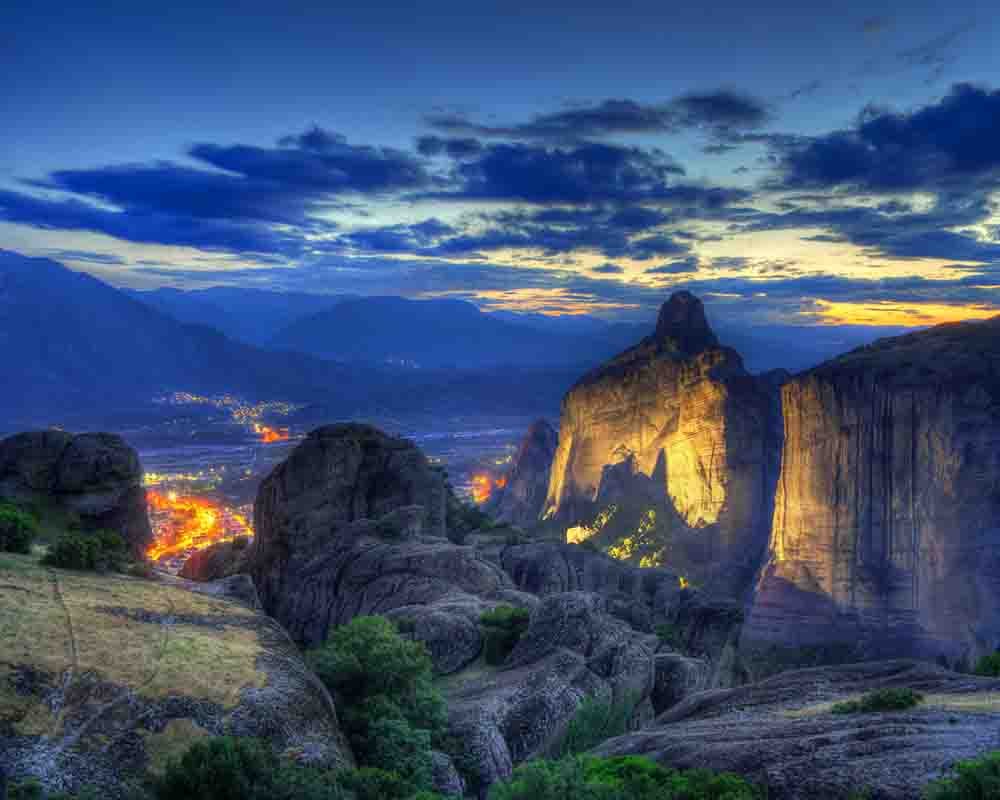
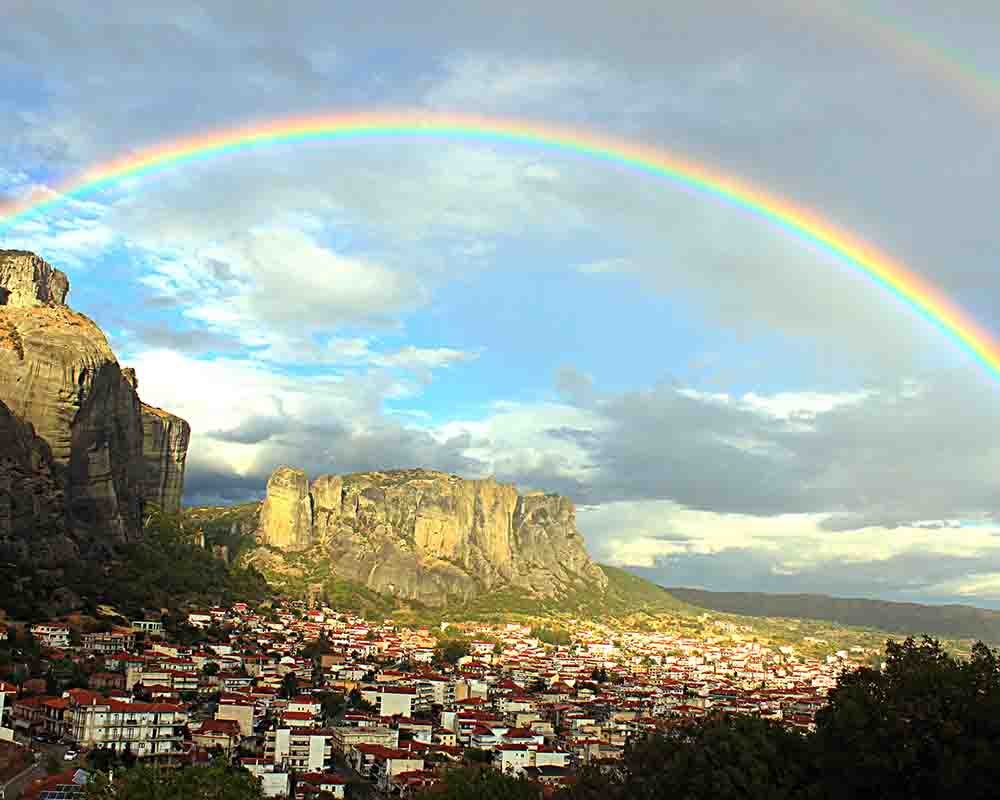

Source: www.visitmeteora.travel
5. Practical Information and Travel Tips
When planning your visit to Meteora, consider the following practical advice to ensure a smooth and enjoyable experience.
- For transportation, Thessaloniki Airport is the nearest airport, with a 3-hour drive to Meteora. Alternatively, you can take a train or bus from Athens to Kalambaka, the gateway to Meteora.
- In terms of accommodation, it is recommended to stay in Kalambaka or Kastraki, the nearby villages, to have easy access to the monasteries. Booking your accommodation in advance is advisable, especially during peak seasons.
To make the most of your time, plan a two-day itinerary. On the first day, explore the monastic complexes, taking your time to visit each one and immerse yourself in their unique atmosphere. On the second day, embark on a hiking adventure, choosing from the various trails available. Remember to adhere to the visitor regulations and etiquette when visiting the monasteries, such as dressing modestly and maintaining a respectful and quiet demeanor. Consider hiring a knowledgeable guide or joining a guided tour to enhance your understanding of Meteora’s history and culture.
By following these practical tips, you can ensure a well-planned and enjoyable visit to Meteora, allowing you to fully appreciate the magnificence of the monasteries and the natural beauty of the surroundings.
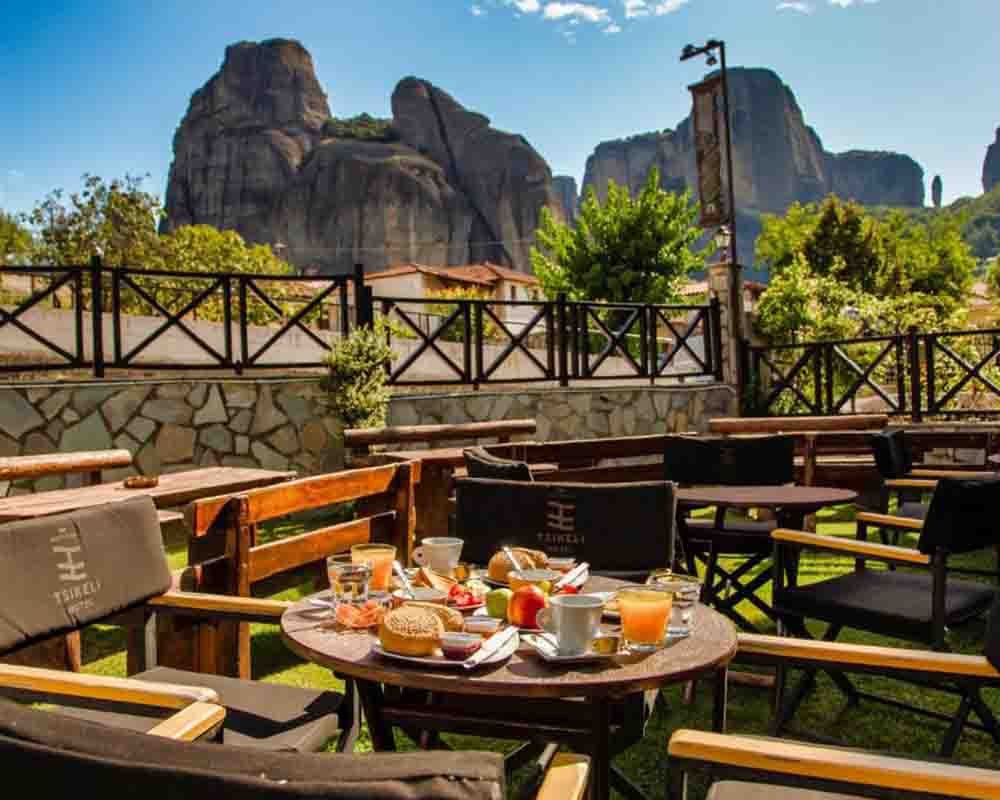
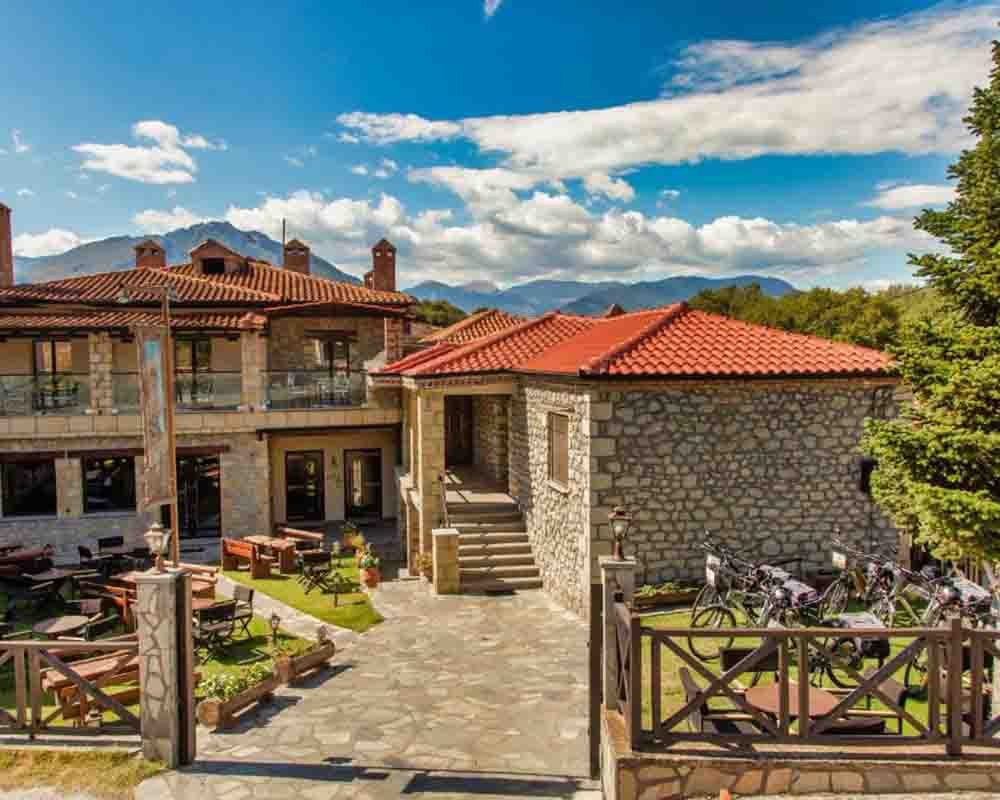

Source: www.booking.com
Meteora offers a one-of-a-kind experience that combines stunning landscapes, ancient monasteries perched on towering cliffs, and a rich cultural heritage. Explore the monasteries, hike through breathtaking trails, and immerse yourself in the spirituality of this extraordinary destination. Include Meteora in your travel plans and be prepared to be amazed by its significance and beauty.
Ready to embark on your Meteora adventure? Find the perfect accommodation through Booking.com and let them assist you in planning a seamless trip. Discover the wonders that await in Meteora and create unforgettable memories in this awe-inspiring destination.
Book your stay in Meteora with Booking.com and get ready to be enchanted by the magnificence of this extraordinary place.


